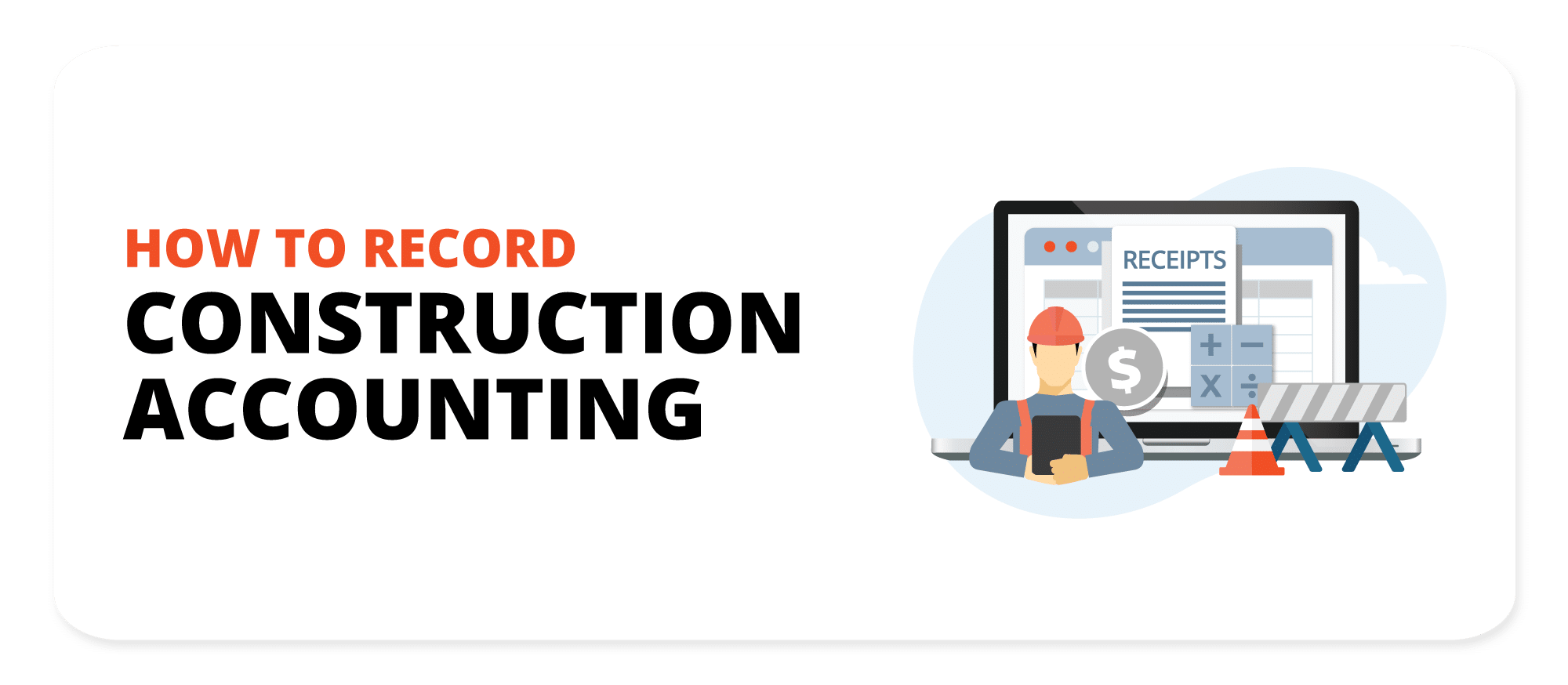Common Errors to Avoid in Construction Accounting and Bookkeeping
Common Errors to Avoid in Construction Accounting and Bookkeeping
Blog Article
A Comprehensive Guide to Construction Accountancy: Optimize Your Financial Administration
Effective economic monitoring is important in the building and construction industry, where the complexities of project-based earnings and costs can considerably influence total productivity. By utilizing ideal practices in economic coverage and evaluation, stakeholders can not just enhance operational effectiveness but also alleviate prospective threats.
Comprehending Building And Construction Audit
Understanding construction accounting is vital for the effective monitoring of monetary resources in the building and construction market. This customized branch of accounting addresses the one-of-a-kind difficulties faced by construction companies, consisting of project-based income recognition, cost tracking, and conformity with governing requirements. Unlike standard accountancy, building and construction bookkeeping needs a distinctive technique to take care of the complexities associated with long-lasting agreements and changing expenses.
Key elements of building audit include exact earnings acknowledgment, which typically counts on the percentage-of-completion technique or completed-contract method, depending on the job's nature. This ensures that economic declarations mirror true performance and success gradually. Task setting you back plays an essential duty, allowing companies to track expenditures linked with certain projects, which helps in figuring out earnings and resource appropriation.
An additional essential element is the administration of capital, which is often impacted by repayment schedules and hold-ups in receivables. Reliable cash flow management makes sure that building and construction firms can fulfill operational needs and purchase future jobs. Eventually, grasping building accountancy furnishes firms with the tools essential to make enlightened economic decisions, minimize threats, and enhance general operational performance in a competitive industry.

Work Costing and Budgeting
Work costing and budgeting are important parts of building bookkeeping that allow companies to properly handle project funds and make sure productivity. Work costing entails the thorough tracking of all costs related to a details job, including labor, products, tools, and overhead. This procedure enables building and construction companies to identify the real cost of finishing a job, promoting notified decision-making and boosting monetary responsibility.
Budgeting, on the other hand, works as a financial roadmap for projects. It involves establishing financial limits and assigning sources to different task components, consequently establishing a framework versus which real costs can be gauged. Effective budgeting needs detailed evaluation and forecasting, thinking about historic data, market patterns, and possible threats.
Together, work costing and budgeting give the needed devices for building and construction firms to check monetary efficiency, determine differences, and change strategies as required - construction accounting. By carrying out durable work setting you back techniques and adhering to well-structured budgets, business can boost their operational effectiveness, minimize financial risks, and ultimately enhance their productivity in an affordable market. Hence, these techniques are vital for maintaining long-term success within the construction market
Monitoring Expenses and Revenue
Properly tracking costs and revenue is vital for construction firms to preserve economic wellness and guarantee project feasibility. Efficient monitoring permits organizations to keep an eye on job performance, determine price overruns, and make notified monetary decisions. Applying a methodical method to tape-recording all economic purchases is crucial to accomplishing this objective.
Using building and construction accounting software application can considerably enhance the tracking procedure. These devices help with real-time surveillance of expenditures, consisting of labor, materials, and subcontractor prices, while also recording revenue produced from job landmarks and client repayments. By categorizing costs and revenue streams, firms can gain understandings into success and cash flow.

Financial Coverage and Evaluation
Monetary reporting and evaluation play an essential duty in the construction industry, offering stakeholders basics with necessary insights into a firm's monetary performance and operational effectiveness. Accurate economic reports, including annual report, earnings declarations, and capital declarations, are fundamental for evaluating the health of a building business. These records aid identify trends, evaluate job productivity, and assist in informed decision-making.
In building and construction audit, financial analysis exceeds plain reporting; it includes looking at monetary information to reveal underlying patterns and abnormalities. Trick efficiency indicators (KPIs), such as gross profit margins, task completion rates, and roi, work as benchmarks to gauge operational success. Consistently analyzing these metrics allows companies to recognize locations needing enhancement, enhance resource allotment, and enhance task management techniques.
Furthermore, efficient monetary coverage fosters transparency and builds find more trust with stakeholders, consisting of clients, vendors, and investors - construction accounting. By maintaining extensive financial oversight, construction business can mitigate dangers, make certain compliance with regulative requirements, and ultimately drive sustainable growth. Hence, a durable monetary coverage and analysis structure is essential for navigating the intricacies of the construction landscape and accomplishing long-lasting success
Finest Practices for Success
To attain success in building and construction accounting, companies need to take on a set of best methods that simplify operations and enhance financial monitoring. Initially, implementing a durable task monitoring software application customized for building can help with real-time tracking of job expenses and spending plans, enabling even more exact forecasting and source appropriation.
Second, taking on a constant technique to job setting you back is important. This entails carefully tracking all costs connected with each job, including labor, materials, and overheads. On a regular basis evaluating job costs against preliminary estimates assists recognize variances early, allowing prompt corrective activities.
Third, keeping rigorous documentation methods makes sure conformity with regulations and simplifies audits. This includes keeping in-depth documents of agreements, adjustment orders, billings, and invoices.
In addition, purchasing staff training is vital. her explanation Making certain that staff members are fluent in accounting concepts, software usage, and industry standards can significantly improve efficiency and accuracy in financial reporting.
Conclusion

Report this page